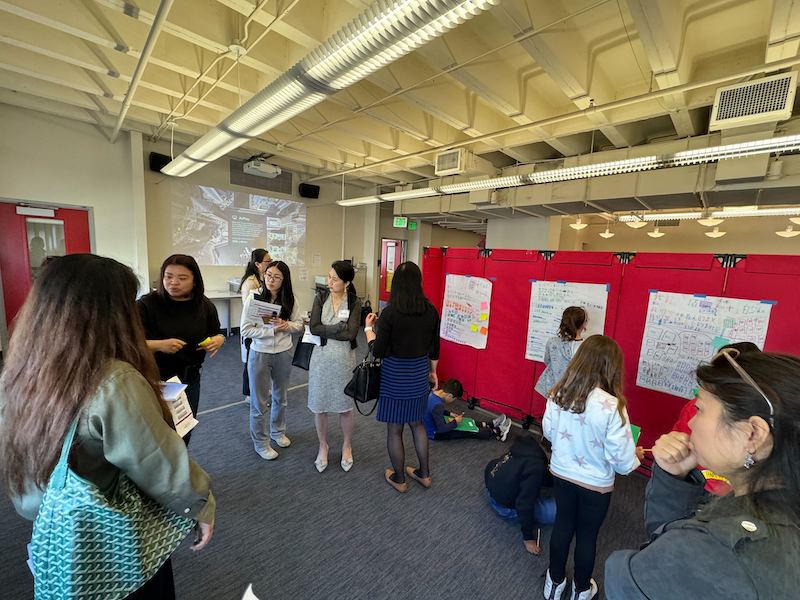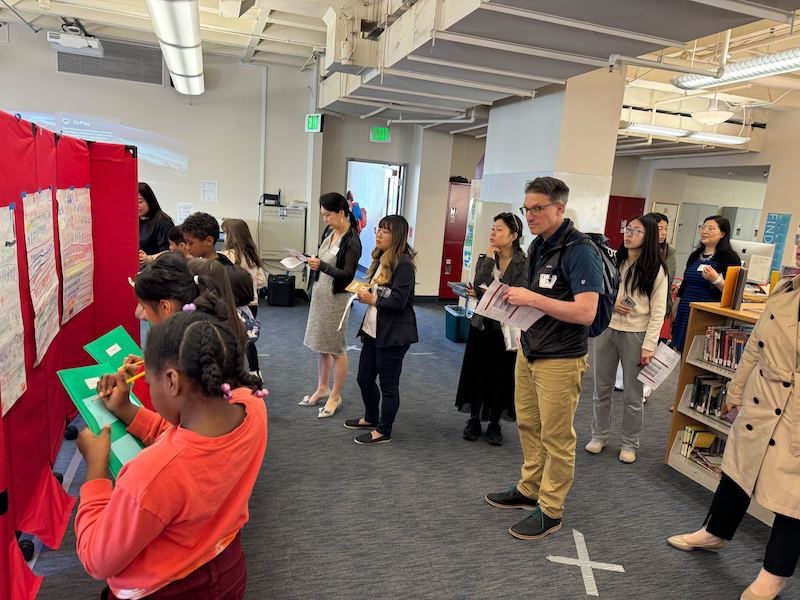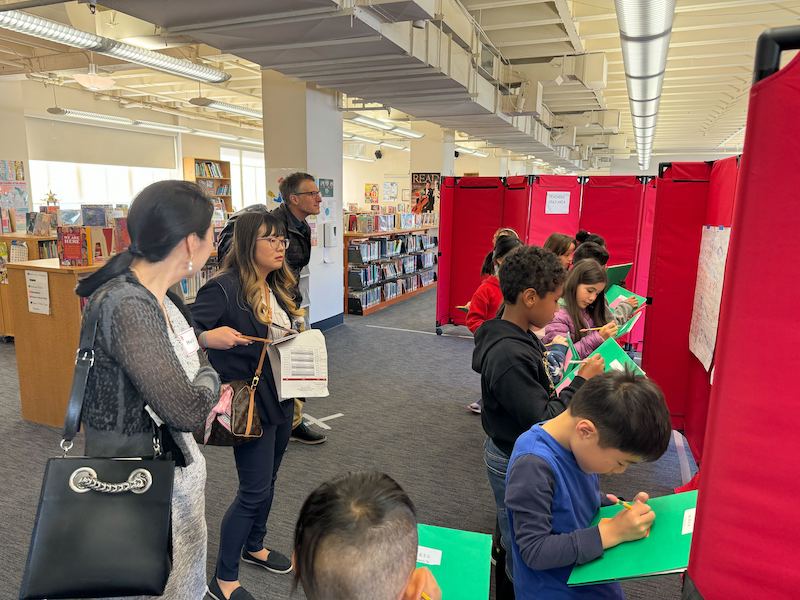
Throughout May, the United States honors Jewish American Heritage Month, Mental Health Awareness Month, and AANHPI Heritage Month,which is the most current, official name celebrating the broad diversity of people and contributions from across the Asian diaspora. While any single acronym cannot hope to fully encapsulate the many varied and unique identities within a hugely diverse geographic region (these names and groupings are inherently political and part of an ever-evolving dynamic process of self- and group-determination), certainly the intentional act of continually revisiting our language and what we convey with our words is an admirable and important part of being a community centered on belongingness and inclusion. So this month and all months at CAIS, we uphold and celebrate the many identities that make our school and our country the rich, diverse community that it is, with a particular focus on the contributions of Asian, Asian American, Pacific Islander, and Native Hawaiian change makers.



Fitting for the month of May, this past week marked the National Chinese Language Conference, one of the most important and most widely attended conferences specifically centered on Chinese language educators. Several of my colleagues and I had the opportunity to attend a number of fascinating presentations and panel discussions and to learn from educators and industry experts from across the US. For me, however, even more impressionable than the full day of sessions and discussions was the following day, which was dedicated to various school site visits around the Bay Area. CAIS hosted some 30+ educators, taking them on observation tours of our K-8 Chinese classrooms, where they witnessed our masterful Chinese teachers demonstrate truly world-class pedagogy in the form of: building number fluency in early childhood, scaffolded and differentiated guided reading groups, instrumental music taught in Mandarin, displays of how to infuse subjects like Math and SEL with intentional vocabulary development and application, and much more. Seeing our teachers in action is always the highlight of my day, but having the opportunity to experience, back-to-back, such a diverse variety of exceptional and innovative teaching through the eyes of our visiting guests left me feeling as proud as I have been all year. I can’t thank our Chinese faculty enough for the work they do every day to further not just our own students’ language and cultural knowledge, but the field of Mandarin immersion writ large.
Kim’s Corner — May 2024
One of the presenters that captured my attention at NCLC was Dr. Viorica Marian, whose research focuses on the many positive effects on the brain when studying multiple languages. She notes, “Learning multiple languages changes not only how we use language but also how we perceive the world, what we remember, how we learn, our creativity, decision-making, and identity.” Her new book, The Power of Language: How the Codes We Use to Think, Speak, and Live Transform Our Minds is so far a fascinating foray into the science behind what many of us know innately to be true about being multilingual. You can read more about some of the studies and impacts she highlights in this podcast episode.

